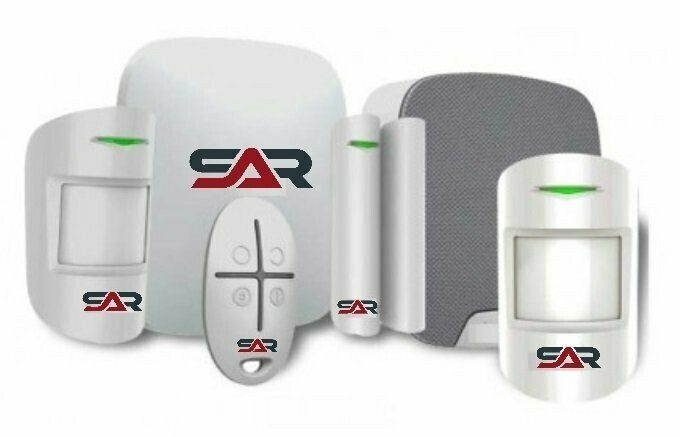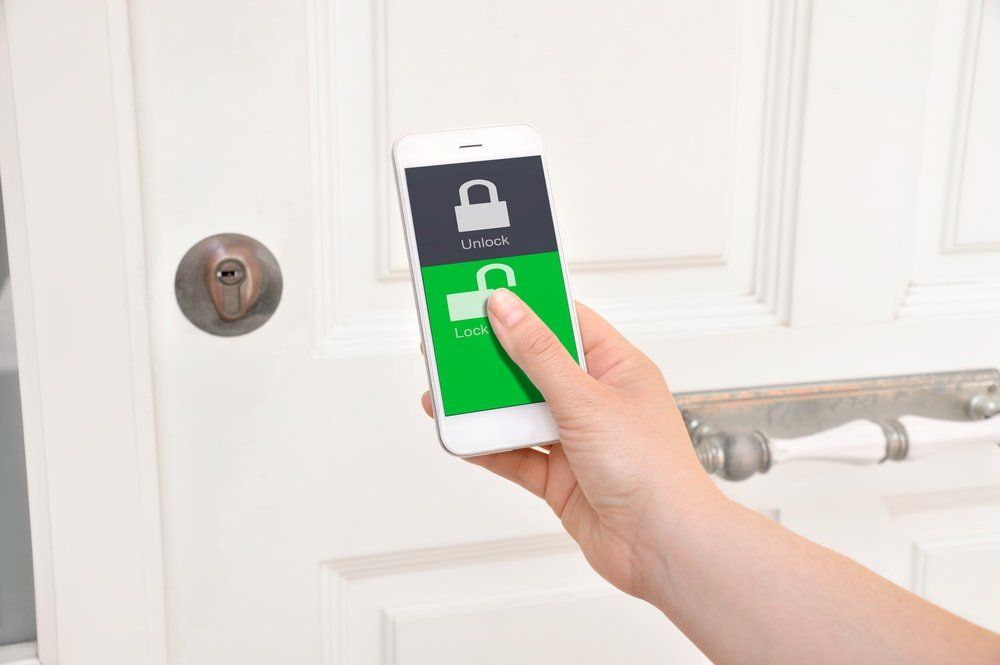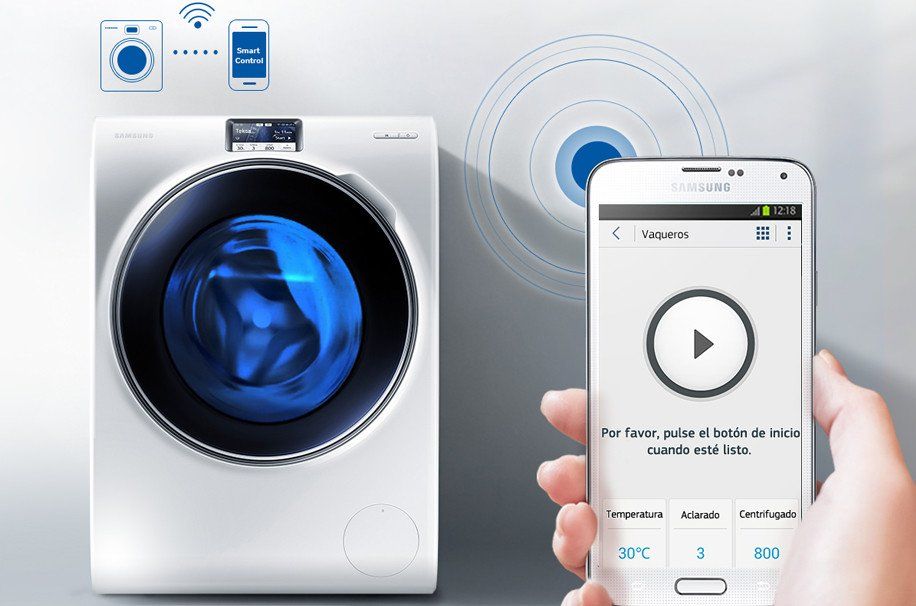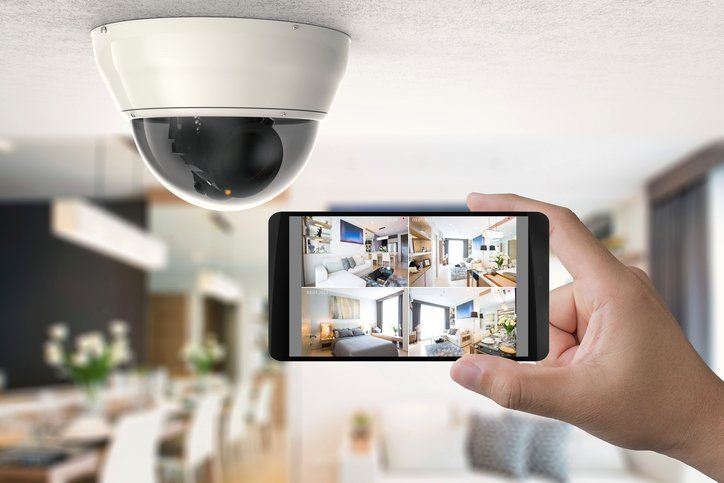WHAT IS A SMART HOUSE AND HOW IT WORKS
A smart home or Smart home is one in which electrical appliances and appliances are connected to a central computer control system so that they can be turned on and off at certain times (for example, heating can be set to automatically turn on at 6:00 am in the winter mornings) or if certain things happen (the lights can be set to come on only when a photoelectric sensor detects that there is darkness).
How a smart home works
Home automation incorporates new technologies to the equipment of homes and buildings so that the user can centrally control all the devices that make up the installation.
These devices have built-in sensors that allow them to gather information and communicate with the home automation system through a communication network.
The home automation system can be managed centrally through a control panel that allows the user to supervise their smart home both in person and remotely using devices.
In the most advanced form of smart home, there is a central computer that does many of the tasks that we would normally do: constantly monitor the state of the house and turn the appliances on and off accordingly. For example, monitor the levels of light entering through the windows and raise and lower the blinds or turn on the lights at sunset. Or it detects movements on the floor and responds: if you know you are at home, turn on the light and music in different rooms while going from one to another; If he knows you're out, activate the alarm.
How does it work? Each device you want to automate is plugged into a small control unit (usually called a module) and connected to a common electrical outlet. The central controller sends regular switching signals through common household wiring, effectively treating it as a type of computer network.
Each signal contains a code that identifies the unit with which it relates (a table lamp in your room, perhaps, or a radio in your bedroom) and an instruction such as turning on, off or (for lamps) to illuminate or dim. Although all control units listen and receive all signals, a particular signal affects only the device (or devices) with the correct code.
In addition to the devices that receive signals, you can also connect sensors such as motion detectors, thermostats, and so on, so that the system will automatically respond to changes in daylight, temperature, intruders or anything else you consider important. With most systems of this type you can also turn on and off appliances with a remote control.
Home automation applications
The different applications of home automation are aimed at improving the quality of life of users and can be grouped into different categories:
Energy efficiency: the home automation control of a home allows global energy consumption to be monitored and optimized through efficient management.
Comfort: the possibility of controlling different household tasks remotely and even programming them automatically through the home automation center make the stay more comfortable.
Security: the sensors of the different objects connected to the home automation system allow remote home supervision and the programming of responses to possible interferences in the security system.
Accessibility: home automation seeks to make it possible for anyone, regardless of their capacity, to make use of household items.
Communication: it is the basis of any home automation system, since it allows the connection between the user and the different connected devices and allows remote control of the home automation home.
























